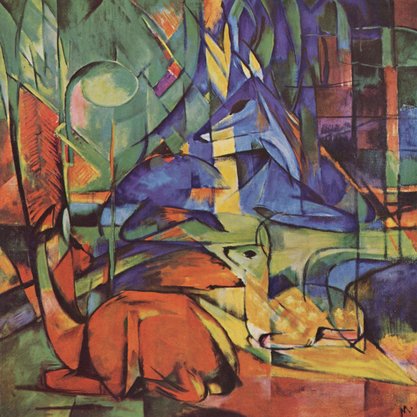Article
Djaya, Agus (1913–1994) By Cox, Matt
Article
Agus Djaya was an Indonesian artist who rejected academic formalism in favor of a more expressive mode of painting, achieved by the flattening of space and the juxtaposition of bold colors. While he received some training in the form of a drawing course under the Dutch educator P. Pijpers, he was a predominantly self-taught artist. His work, with some exceptions, is not overtly political. Rather, Djaya tended to paint subject matter that referred to Javanese mythology or popular festivities in a style that can be described as a synthesis of fauvism and expressionism. He launched himself on the Indonesian art scene working alongside Sudjojono to establish PERSAGI (Persatuan Ahli-Ahli Gambar Indonesia, or The Indonesian Painters’ Association) in 1938. Following his success in a number of exhibitions, including a show at the Kloff bookstore, Jakarta (1940) and the Bataviasche Kunstkring (Batavian Art-circle) touring show (1941), he quit his job as a schoolteacher and devoted himself to being a full-time artist. From 1942–1945, during the period of Japanese occupation, he once again worked alongside his friend Sudjojono, this time at the Keimin Bunka Shidosho (People’s Educational and Cultural Guidance Institute) to teach courses and organize exhibitions. During this time he also received military training and later became a major in the Indonesian army. The complex relationship between Indonesian painters who sought not only national independence, but also international recognition as artists, is demonstrated by Djaya’s inclusion in the Indiche Schilders Weebar (Painters for a Fortified Indonesia) exhibition in Jakarta in 1940, and a joint exhibition with his brother, Otto, at the Stedelijk Museum, Amsterdam in 1947.


